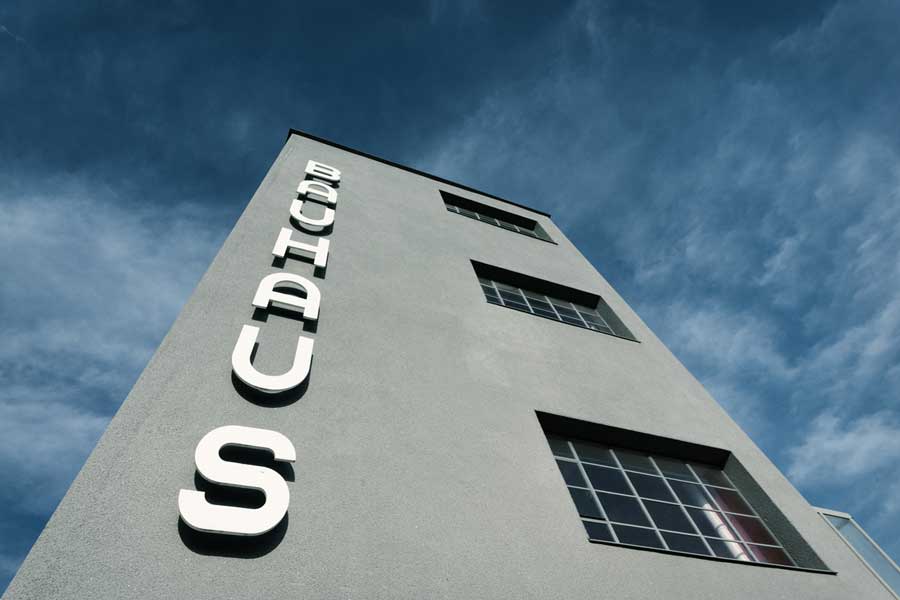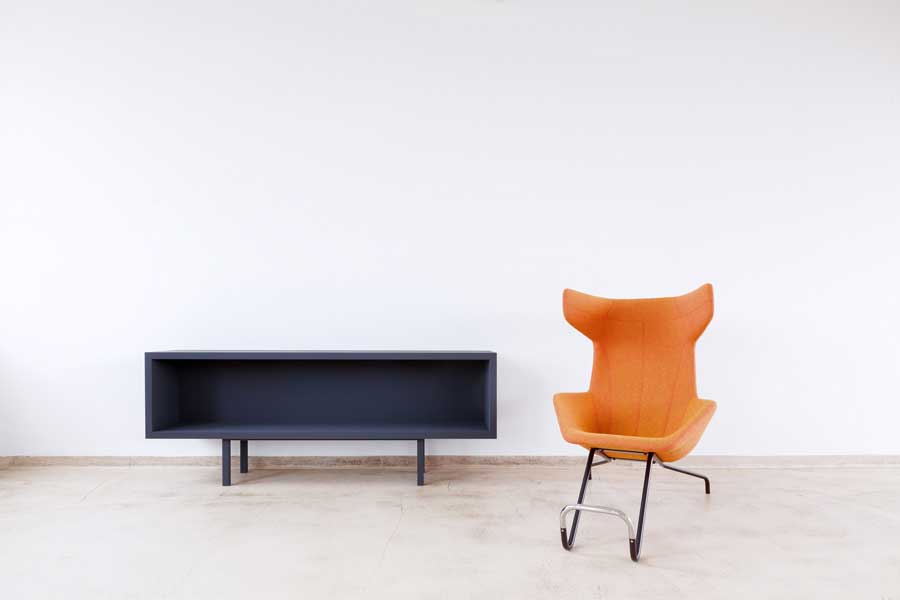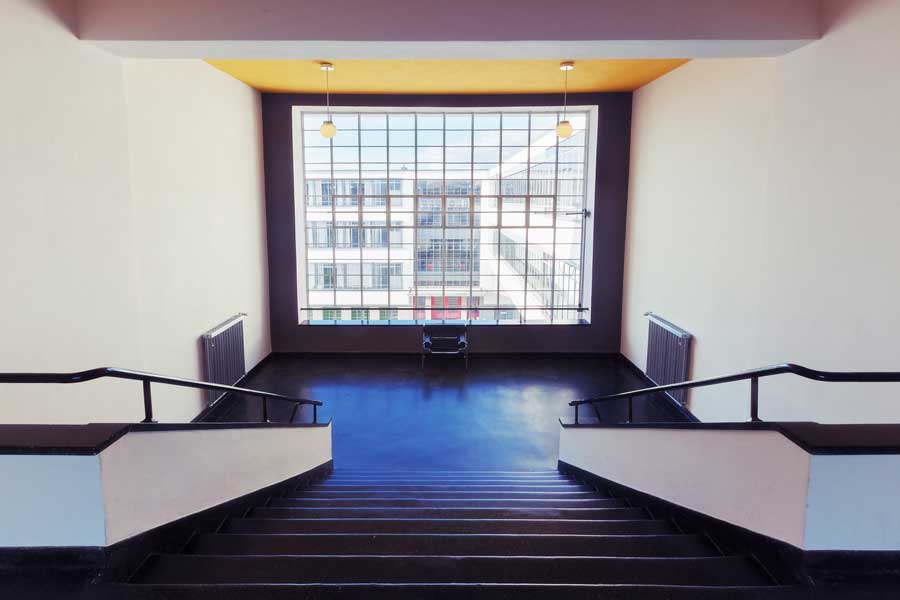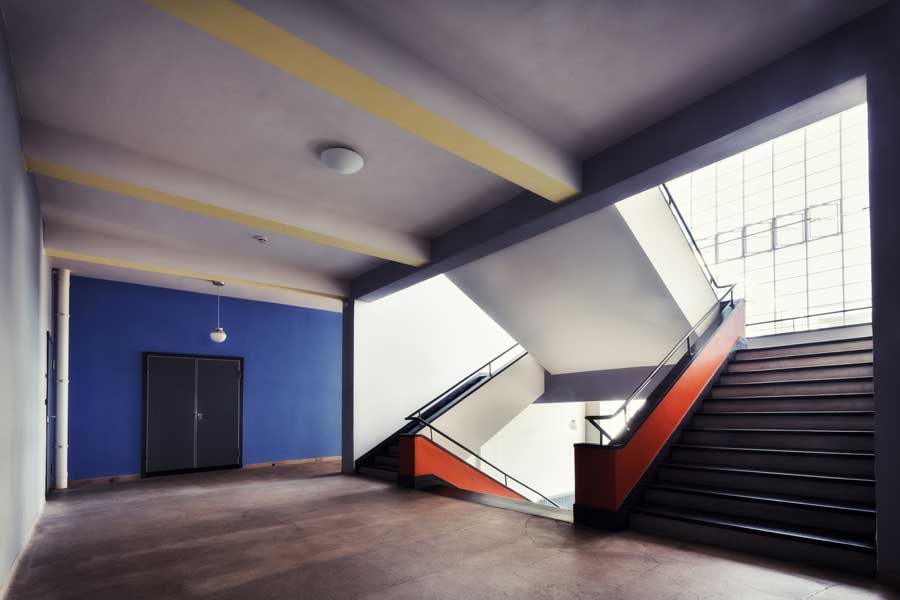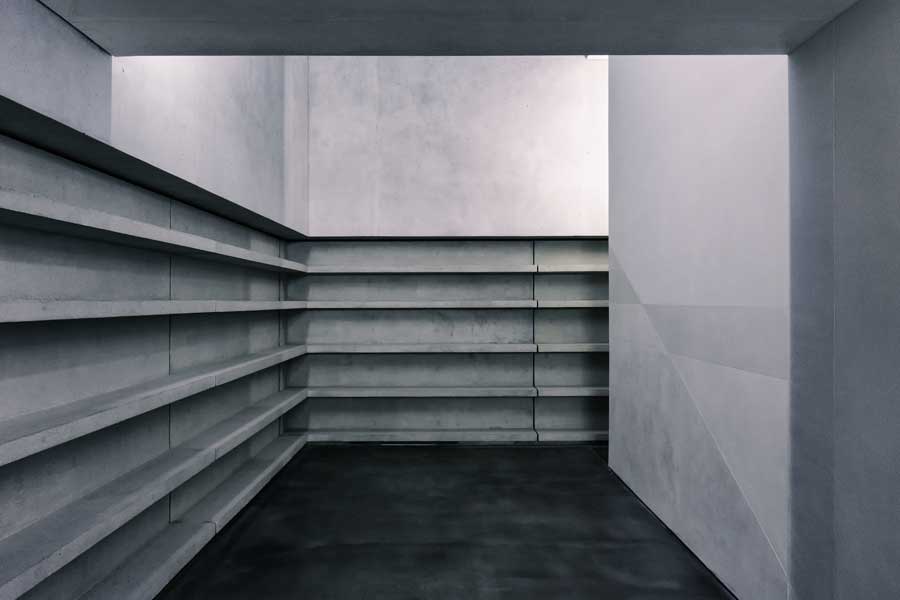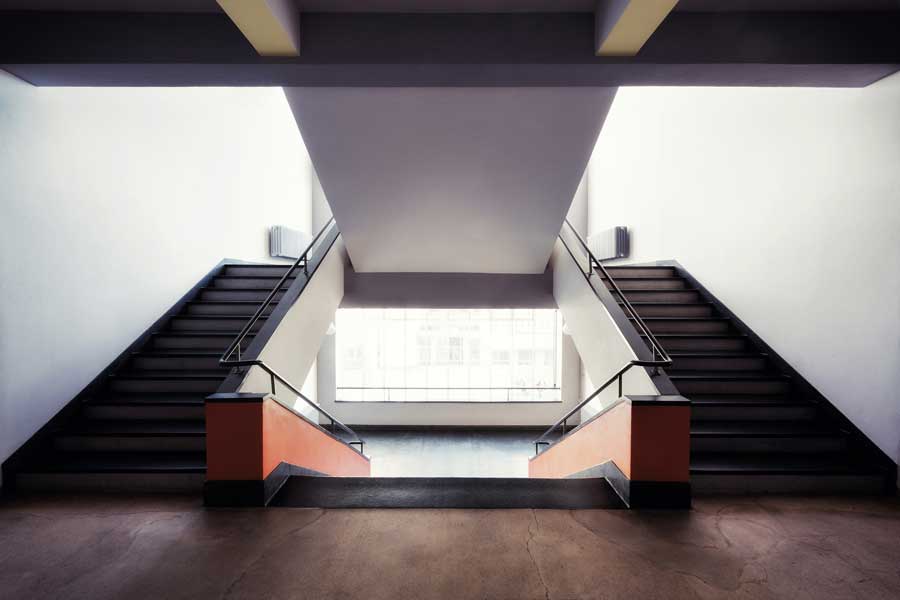Ralph Gräf – Since my first visit in Dessau I’m fascinated by ”Bauhaus“ architecture. Dessau is an industrial city in the German federal state of Saxony-Anhalt and it is famous for its UNESCO world heritage ”Bauhaus“ buildings. Here the ”Bauhaus“ school of arts has left its most famous buildings. The school was founded 1919 by Walter Gropius in Weimar.
In 1925 it moved to Dessau and from there for its last period from 1932-1933 to Berlin, where it was finally shut down by the Nazis. Among all art trends and art periods of the last centuries, ”Bauhaus“ maybe the one with the highest impact on our contemporary urban environment.
”Bauhaus“ was based on modernism and proclaimed a radical stylistic change, which was opposed to the aesthetics of historism with all its reproductions of earlier ornamentic styles. ”Bauhaus“ artists created architecture, furniture, kitchenware, paintings and photographies. Besides Walter Gropius himself famous ”Bauhaus“ masters living in Dessau were Lyonel Feininger, Lazlo Moholy-Nagy, Oskar Schlemmer, Georg Muche, Paul Klee and Wassily Kandinsky. For the few years in Dessau they resided in the four master’s houses that were created by Gropius and build in the typical ”Bauhaus“ style in vicinity to the famous modern school building. Characteristic features are a functional style with an overall cubical form with flat roofs, plain-colored surfaces and large windows. The latter often connect the interior with the outer balconies and terraces. Among the master’s houses the ones of Gropius and Moholy-Nagy were destroyed in bombings during the second world war. The remaining ones were in a rather bad condition during the four GDR decades and were restored only in 1990. In 2013 the two destroyed houses of Gropius and Moholy-Nagy were rebuilt in a modern way but according the motives to the old ones. They were opened for the public in May 2014 and the architects David Chipperfield and the bureau of Bruno-Fioretti-Marquez from Berlin did a fabulous job. In my photo series I’ve tried to capture the austere functionality of the ”Bauhaus“ architectural style in the school building and the old and new master’s houses in clear, photographic compositions.
I was born in southern Bavaria and spent most of my life in Munich. In fall 2006, my scientific career as a cell biologist brought me to Potsdam near Berlin. Owing to my friends from the ”Photogallery Potsdam“ (http://www.fotogalerie-potsdam.de/) I found a great creative environment here to spend most of my spare time for my creative talents. Photography excites me since my boyhood and I have tried myself in various photographic genres. Meanwhile I found my focus of interest in landscapes, cityscapes, interior architecture and staged scenes. I prefer available light and clearly composed pictures with a discreetly arranged motive. I want to stimulate the imagination of the viewer and to tell a story that emotionally touches him, since sensing emotions is the prerequisite to keep pictures sticking in the viewer’s mind. In this context, image processing should only support the expression of the picture and help to mediate the intended mood to the viewer. I prefer working with a series concept in mind. Mostly I use a digital SLR camera or analog medium format cameras, and almost always a tripod. However, the type of camera used to take the picture is usually unimportant. The most important factor is always found behind the viewfinder. [Official Website]



